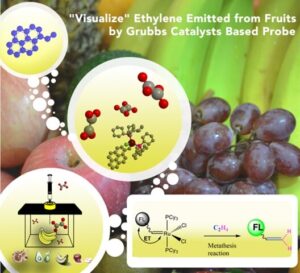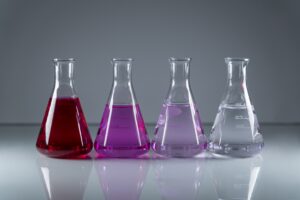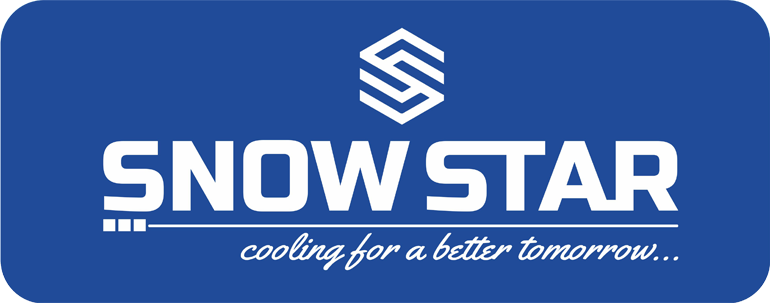How Ethylene measured?
Ethylene is typically measured using various analytical techniques that can quantify its concentration in a given environment, such as air or plant tissues. Here are some common methods used to measure ethylene:
1.Gas Chromatography (GC):
- Description:This is the most common and precise method for measuring ethylene. It involves collecting a gas sample and injecting it into a gas chromatograph. The gas chromatograph separates the components of the sample and quantifies the amount of ethylene present.
- Detection: Flame ionization detectors (FID) or photoionization detectors (PID) are often used in conjunction with GC to detect ethylene.
2.Photoacoustic Spectroscopy (PAS):
- Description: This method measures ethylene based on the absorption of light (usually infrared) by ethylene molecules and the subsequent sound waves produced by the absorbed energy.
- Application: PAS is highly sensitive and can detect very low concentrations of ethylene, making it suitable for applications like monitoring ethylene in plant physiology studies.
3.Electrochemical Sensors:
- Description: These sensors measure ethylene concentration by detecting the electrical changes caused by the oxidation or reduction reactions of ethylene on an electrode surface.
- Usage:
They are portable and can provide real-time measurements, which are useful for monitoring ethylene in agricultural and storage environments.
4.Fourier Transform Infrared Spectroscopy (FTIR):
- Description: FTIR uses infrared light to detect and measure the absorption spectra of ethylene gas. Each gas has a unique infrared absorption pattern, allowing for the identification and quantification of ethylene.
- Application: FTIR is a non-destructive method and can measure multiple gases simultaneously.
5.Chemical Scrubbers and Colorimetric Tubes:
- Description: These methods involve passing air through a chemical scrubber or colorimetric tube that reacts specifically with ethylene. The change in color or other chemical properties can then be measured to determine the ethylene concentration.
- Limitations: These methods are less precise than GC and PAS but can be useful for quick, on-site assessments.
6.Laser-based Detection Methods:
- Description: Techniques like Tunable Diode Laser Absorption Spectroscopy (TDLAS) use lasers tuned to specific wavelengths absorbed by ethylene molecules. The amount of light absorbed indicates the concentration of ethylene.
- Advantage: These methods are highly sensitive and can provide real-time monitoring.
Each method has its own advantages and is chosen based on the required sensitivity, specificity, and application context. For instance, GC is highly accurate and commonly used in laboratory settings, while electrochemical sensors and PAS are useful for field measurements and real-time monitoring.


